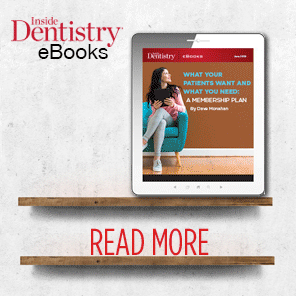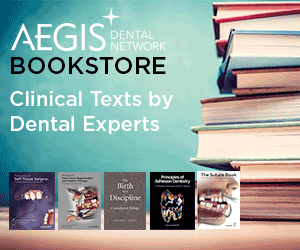Improving oral health is a leading population health goal; however, curricula preparing health professionals have a dearth of oral health content and clinical experiences. Funded by a grant from the Health Resources and Service Administration (HRSA), New York University College of Nursing’s (NYUCN) Teaching Oral-Systemic Health (TOSH) Program is working to build interprofessional oral health workforce capacity which addresses a significant public health issue, increases oral health care access, and improves oral–systemic health across the lifespan.
TOSH educators and clinicians have developed an educational and clinical innovation transitioning the traditional head, ears, eyes, nose, and throat (HEENT) examination to the addition of the teeth, gums, mucosa, tongue, and palate examination (HEENOT) for assessment, diagnosis, and treatment of oral–systemic health problems. They detail their findings in a paper, “Putting the Mouth Back in the Head: HEENT to HEENOT,” published in the American Journal of Public Health.
“At TOSH, we are challenging the medical profession, including nurses, nurse practitioners, midwives, physicians, and physician assistants to ‘Put the Mouth Back in the Head’ by transitioning from the traditional HEENT exam to the HEENOT exam,” said Dr. Judith Haber, Associate Dean for Graduate Programs and Principal Investigator for the TOSH Program. “Incorporating ‘O’ for oral cavity assessment, adds a comprehensive focus on the oral-systemic history and physical examination of the teeth, gums, mucosa, gums and palate.”
For the majority of primary care providers, the traditional HEENT exam excludes examination of the oral cavity, as well as omitting oral health and its linkages to overall health in the patients’ health history, physical examination, risk assessment and management plan. The HEENOT approach means that educators and clinicians cannot omit oral health from the history and physical examination performed by health professionals.
"The integration of the HEENOT approach in primary care is a simple and effective method to decrease oral health disparities by increasing interprofessional oral health workforce capacity,” said Dr. Erin Hartnett, TOSH Program Director. “The TOSH program, using the HEENOT approach, develops the nurse practitioner, midwifery and medical students' oral health knowledge and clinical practice skills to identify oral problems, educate patients about the links between oral health and their overall health and refer patients to dental providers.
The aim of the TOSH program is develop innovative simulation and “live” interprofessional clinical experiences that focus on oral-systemic health for nurse practitioner, midwifery, medical and dental students. The HEENOT paradigm shift has been a cornerstone of these unique collaborative experiences.
“The TOSH program has dramatically enhanced the interprofessional collaboration between the nurse practitioner, dental, and medical students,” said Dr. Ken Allen, Associate Chair and Clinical Associate Professor, Department of Cariology and Comprehensive Care at NYU College of Dentistry. “Working together, they have formed a unique bond while teaching and promoting the concept of including the oral examination as an integral part of every patient assessment, something that was often overlooked in the past."
The TOSH team notes the importance of using the HEENOT approach as an integral component of primary care:
-- Early childhood caries (cavities) are the most common chronic disease of childhood in 5-17 year olds, 5 times more common than asthma
-- Application of fluoride varnish can reduce the incidence of caries in children by up to 50%
-- Oral cancer morbidity and mortality rates have not declined over the past 10 years, at least, in part, related to absent or inadequate oral exams
-- Human papillomavirus (HPV) is associated with the recent rise in the incidence of oropharyngeal cancer
-- Linkages between diabetes and periodontal disease are established
-- Older adults taking multiple medications for chronic health problems often have xerostomia (dry mouth) increasing their risk for tooth decay and poor nutrition
The Health Resources and Service Administration (HRSA) recent report, Integrating Oral Health and Primary Care Practice, highlights the importance of the primary care workforce developing interprofessional oral health core competencies that increase consumer access to preventive oral health care from multiple non-dental professions including but not limited to physicians, nurses, nurse practitioners, midwives, physician assistants, and pharmacists.
“NYU Nursing’s innovative partnership with NYU’s College of Dentistry provided a unique opportunity for the TOSH Program to be a strong voice for advancing an interprofessional oral health agenda”, said Dr. Haber. “The exposure to interprofessional oral health HEENOT classroom, simulation, and clinical experiences was associated with increased dental–primary care referrals.”
With oral health becoming recognized as integral to the general health of populations across the life span, clinical education programs preparing the next generation of health professionals can rectify the dearth of oral health content and clinical experiences by adopting the HEENOT approach as a standard component of the curriculum.









